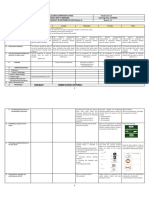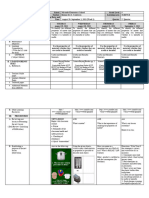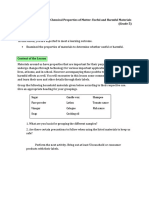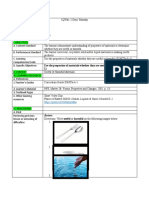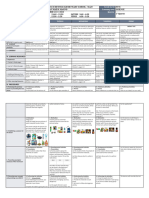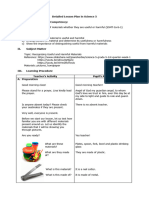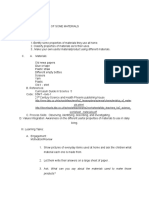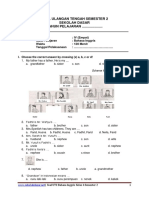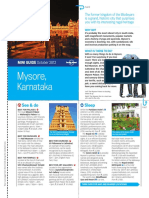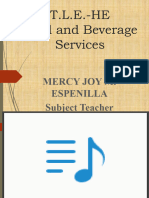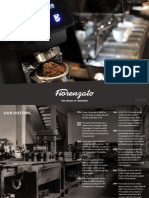0% found this document useful (0 votes)
52 views10 pagesSDLP Week 2 Science 5
Simplified Daily Lesson Plan
Uploaded by
Almalyn Alimin MohammadCopyright
© © All Rights Reserved
We take content rights seriously. If you suspect this is your content, claim it here.
Available Formats
Download as DOCX, PDF, TXT or read online on Scribd
0% found this document useful (0 votes)
52 views10 pagesSDLP Week 2 Science 5
Simplified Daily Lesson Plan
Uploaded by
Almalyn Alimin MohammadCopyright
© © All Rights Reserved
We take content rights seriously. If you suspect this is your content, claim it here.
Available Formats
Download as DOCX, PDF, TXT or read online on Scribd
/ 10













